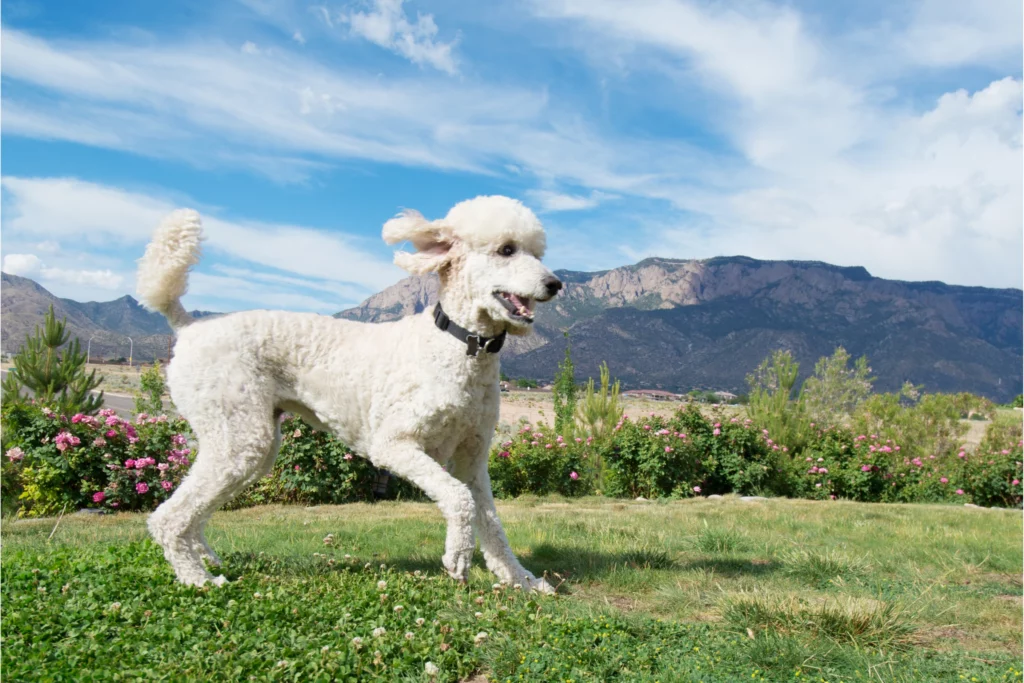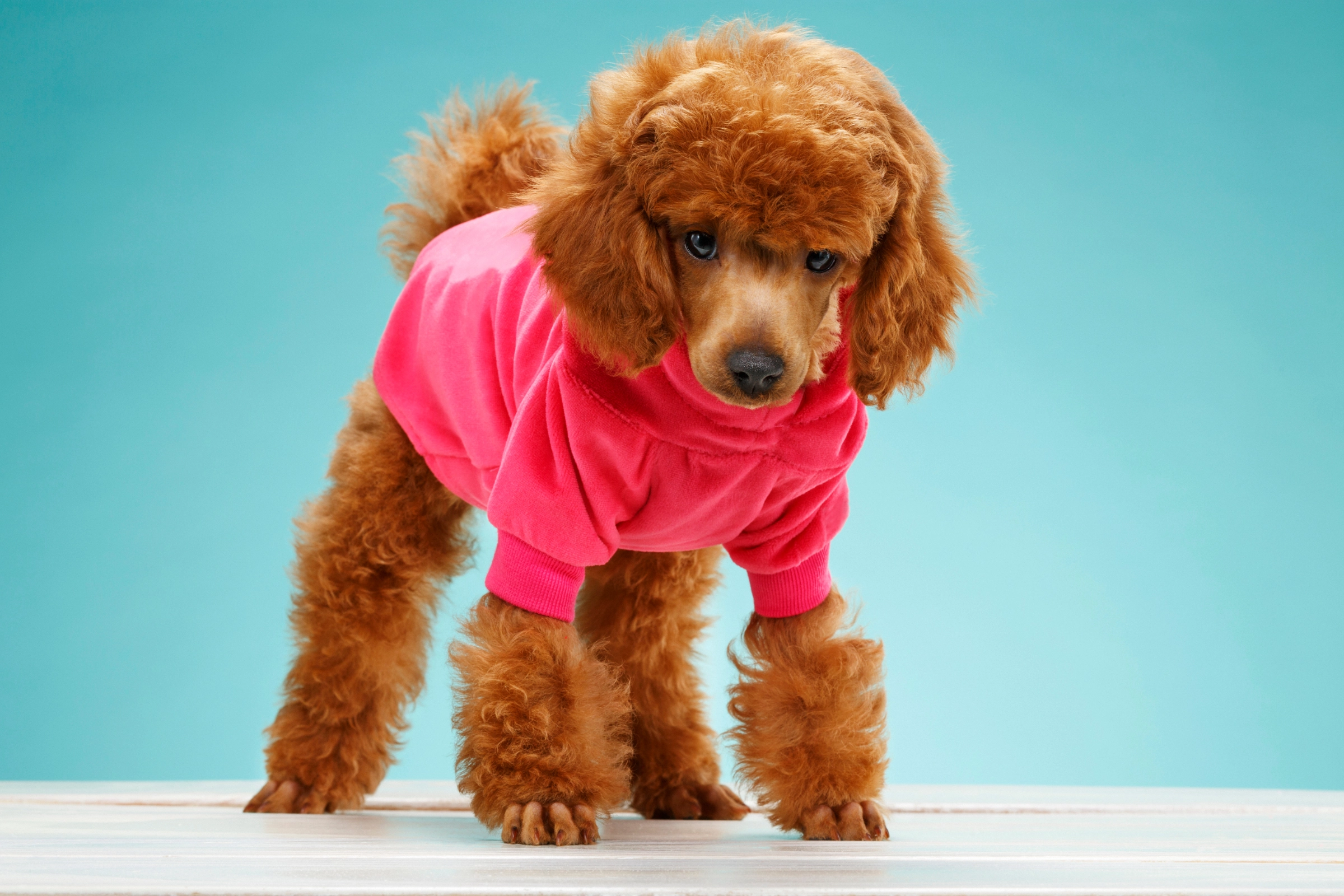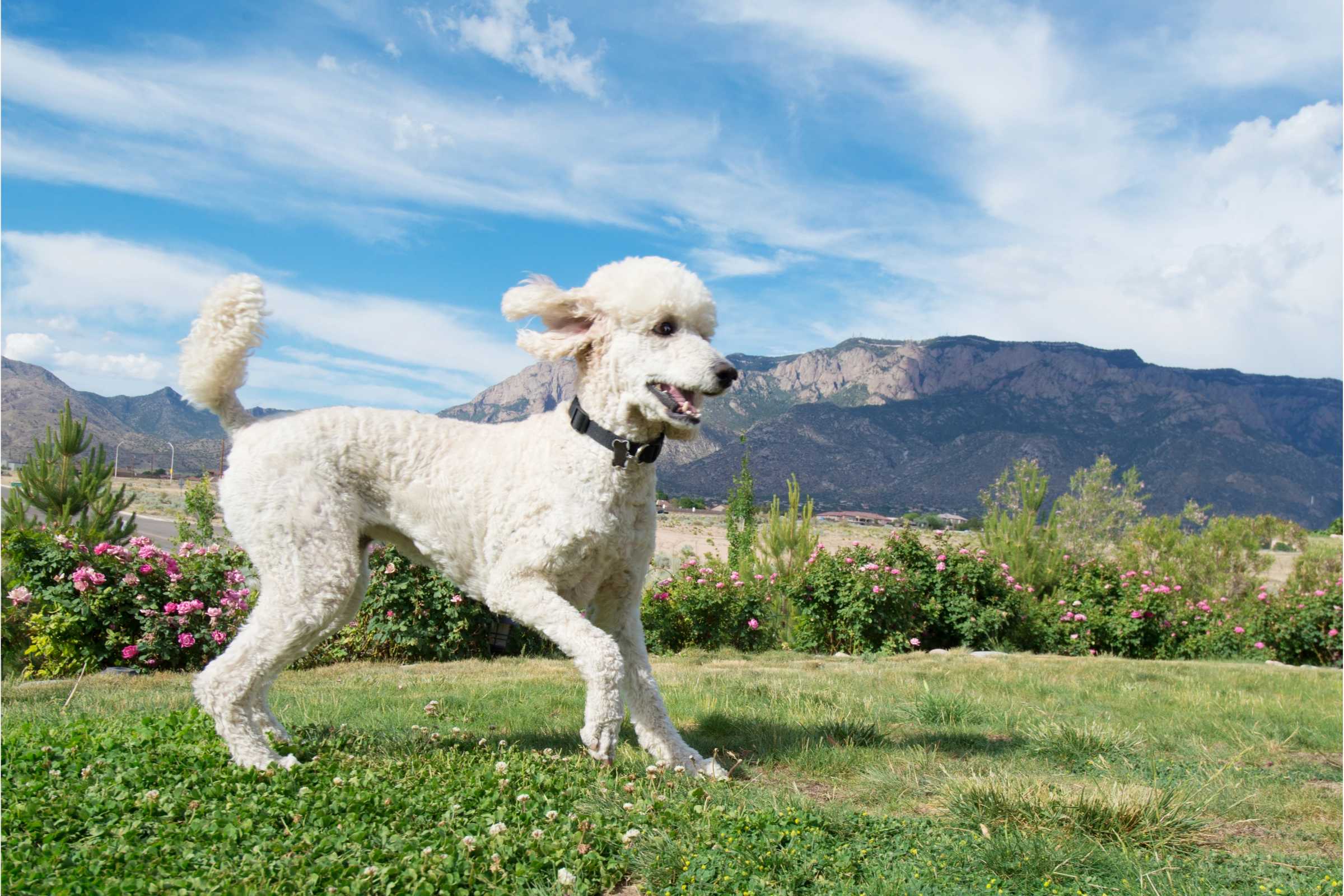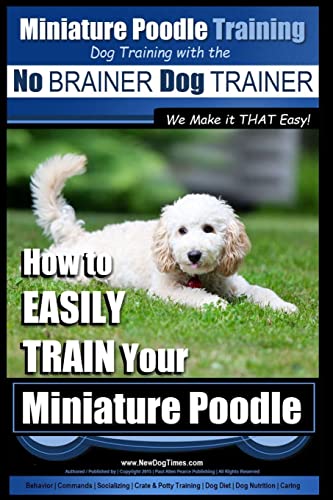This post may contain ads and affiliate links and we may earn a small commission when you click on the links at no additional cost to you. As an Amazon Affiliate, we earn from qualifying purchases. You can read our full disclaimer here.
Do Poodles Have a High Prey Drive? Understanding Their Instincts

Understanding your dog’s behavior is crucial for a happy and healthy relationship. One question many poodle owners ask is, “Do poodles have a high prey drive?”
In this article, we’ll break down what prey drive is, explore the history of poodles, and examine how size affects their behavior.
You’ll learn signs to watch for, how it impacts training, and what it means for you as a poodle parent.
What is Prey Drive?

Understanding this behavior can help you better manage your poodle’s actions and improve training outcomes.
The Basics of Prey Drive for Answering Do Poodles Have a High Prey Drive
Prey drive is an instinct. It’s that urge some dogs have to chase moving objects. In nature, it’s all about survival. But in a domestic setting, it can lead to some challenges.
- Natural Instinct: For hunting and survival.
- Domestic Challenges: May chase cars, other pets, or wildlife.
Evolutionary Background
Dogs evolved from wolves. Wolves need a strong prey drive to hunt. So, it’s not surprising that our domestic dogs inherit some level of this trait.
- Wolves: Ancestors of modern dogs.
- Genetic Traits: Passed down through generations.
The History and Original Purpose of Poodles and Their Prey Drive
Poodles as Water Retrievers
Poodles were initially bred to serve as water retrievers, aiding hunters in fetching waterfowl. This background necessitated a certain degree of prey drive to perform their tasks effectively.
- Water Retrievers: Skilled in fetching ducks and other waterfowl for hunters.
- Required Skills: Quick reflexes, keen senses, and a moderate to high prey drive.
- Task-Specific Training: Trained to focus on the job, often ignoring other distractions.
Current Behavioral Tendencies
While poodles have largely transitioned to being companion animals, their historical roles still impact their present-day behaviors, including prey drive.
- Companion Animals: Primarily serve as family pets in modern times.
- Inherited Traits: Some may retain a strong desire to chase or fetch, a nod to their historical roles.
- Prey Drive Variability: The level of prey drive can differ among individual poodles, influenced by both genetics and upbringing.
What about Golden Retriever Prey Drive? We have that covered too!
Do Poodles Have a High Prey Drive Based on Size?
Standard Poodles
Standard Poodles are the largest of the three poodle sizes. Their size can sometimes be correlated with a more moderate prey drive compared to their smaller counterparts.
- Larger Size: More physically capable but often with a more controlled prey drive.
- Exercise Needs: Require substantial exercise which can help manage prey drive.
- Training Adaptability: Generally easier to train to manage their instincts.
Miniature Poodles

Miniature Poodles fall in the middle in terms of size. Their prey drive can vary, but it is generally moderate.
- Moderate Size: Not too big, not too small, and with a corresponding level of prey drive.
- Activity Level: Enjoy both physical and mental stimulation to keep prey drive in check.
- Individual Differences: Prey drive can vary significantly from one Miniature Poodle to another.
Toy Poodles
Toy Poodles are the smallest of the breed, and their smaller size can sometimes mean a higher prey drive, which is often focused on smaller moving objects.
- Smaller Size: Less intimidating but may have a higher prey drive.
- Focused Targets: More likely to focus on small moving objects like toys or small animals.
- Exercise Needs: Smaller exercise requirements, but mental stimulation is crucial for managing prey drive.
Signs and Behaviors to Look for that Indicate Prey Drive in Poodles
Understanding the signs of prey drive can help you manage your poodle’s behavior more effectively. These indicators can be especially useful in assessing whether your poodle has a high prey drive.
- Chasing: A strong desire to chase moving objects like cars, birds, or squirrels.
- Alertness: Increased focus and alertness when spotting a moving object.
- Tugging on the Leash: Pulling hard on the leash when they spot potential “prey.”
Poodle-Specific Indicators
While many signs of prey drive are universal among dogs, poodles may exhibit certain breed-specific behaviors.
- High Energy: Poodles are generally energetic, which could sometimes be mistaken for high prey drive.
- Vocalization: Some poodles may bark or whine when they can’t chase something they’re interested in.
- Intelligence: Poodles are extremely smart and may use their intelligence to “outwit” you in pursuit of their prey drive activities.
How Prey Drive Impacts Training
Training Challenges and Solutions
A high prey drive can present certain challenges during training sessions, but it’s not an insurmountable hurdle. Knowing how to adapt your methods can make a world of difference.
- Distractions: It can make poodles easily distracted during training.
- Shorter Sessions: Consider shorter but more frequent training sessions to keep your poodle engaged.
- High-Value Rewards: Using high-value treats can motivate your poodle to focus during training.
Training Methods for Poodles with Various Prey Drive Levels
The level of prey drive can dictate what training methods are most effective for your poodle. Here are some tips based on different prey drive levels.
- Low Prey Drive: More traditional training methods may work well.
- Moderate Prey Drive: A mix of rewards-based and distraction techniques can be effective.
- High Prey Drive: Advanced training methods, possibly including professional help, may be required.
Practical Implications for Poodle Owners
Importance of Leash Training
If your poodle has a high prey drive, leash training becomes crucial. A strong pull on the leash can lead to potential accidents or confrontations.
- Leash Skills: Mastering leash control is essential for safe walks.
- Consistency: Consistent commands and reactions can help manage prey drive on walks.
- Specialized Leashes: Consider a no-pull harness or other specialized leashes for better control.
Socializing and Other Animals
Managing prey drive is especially important when your poodle interacts with other animals. Unchecked prey drive could lead to uncomfortable or even dangerous situations.
- Introduction Techniques: Properly introduce your poodle to other animals to minimize risks.
- Supervision: Always supervise interactions between your poodle and other animals.
- Safe Spaces: Create a controlled environment for initial interactions between your poodle and other pets.
Training Techniques to Manage Prey Drive
Positive Reinforcement Techniques
Positive reinforcement can be highly effective in managing a poodle’s prey drive. Rewards for good behavior can go a long way.
- Clicker Training: Using a clicker to mark desirable behaviors can be effective.
- Treats: High-value treats can motivate your poodle to focus on you instead of chasing.
- Verbal Praise: Positive words and a cheerful tone can reinforce good behavior.
Command-Based Training
Teaching specific commands can also help manage a poodle’s prey drive effectively. Knowing these commands can be a lifesaver in certain situations.
- “Leave It”: This command can stop your poodle from chasing after something.
- “Stay”: Teaching your poodle to stay can prevent them from running after moving objects.
- “Come”: A reliable recall command is crucial if your poodle does get away from you.
Benefits of a Moderate Prey Drive
Participation in Dog Sports
A moderate level of prey drive can actually be beneficial for participating in various dog sports. These activities can also serve as a controlled outlet for their instincts.
- Agility Courses: The drive to chase can make poodles excel in agility.
- Flyball: Poodles often enjoy the chase-and-retrieve nature of this sport.
- Obedience Trials: A moderate prey drive can make the poodle more eager to please, aiding in obedience training.
Practical Advantages
Apart from sports, a moderate prey drive can have some practical advantages in everyday life. Here are some benefits to consider:
- Alertness: A poodle with moderate prey drive is often more alert to surroundings, which can be useful.
- Exercise Companion: Their drive can make them excellent jogging or hiking partners.
- Mental Stimulation: The desire to chase and solve problems can keep their minds active and healthy.
Learn about the Best Guard Dogs for Families.
Wrapping Up Do Poodles Have a High Prey Drive

Understanding prey drive in poodles is essential for effective training and a harmonious life together.
Whether your poodle has a low, moderate, or high prey drive, various training methods can help manage it. A moderate prey drive also comes with benefits like suitability for dog sports and increased alertness.
-

Coffee Mug – In Dog Coffees I’ve Only Had One
$11.95 – $14.95 Select options This product has multiple variants. The options may be chosen on the product page




